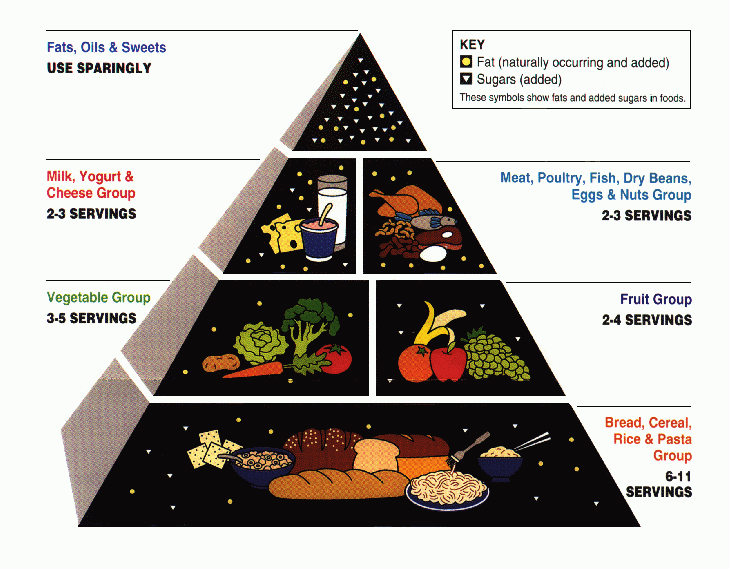.svg/2000px-Differences_between_simple_animal_and_plant_cells_(en).svg.png)
Image link: https://commons.wikimedia.org/wiki/File:Differences_between_simple_animal_and_plant_cells_(en).svg
Summary: this week we reviewed the scientific method and we learned about manipulated variables and responsive variables. The manipulated variable is the variable that's changed and the responsive variable is the response of a variable being changed. Then we leaned about cells and cells make up all living things while atoms make up all living and non living things. Another thing is that cells were discovered do to a scientist looking at his teeth and he found bacteria which is a type of cell. Then the 3 rules of cells are 1. Cells make up all living things, 2. Cells reproduce from a cell that was already alive, and 3. Cells are part of the base of a structure.
SP6: Constructin explanations and designing solutions
The goal of science is the construction of theories that provide explanations about the natural world. explanatory power.
Did you explain something through your work?
Answer: yes while we wrote down our notes in class about the cell theory we are explaining it through our notes.


